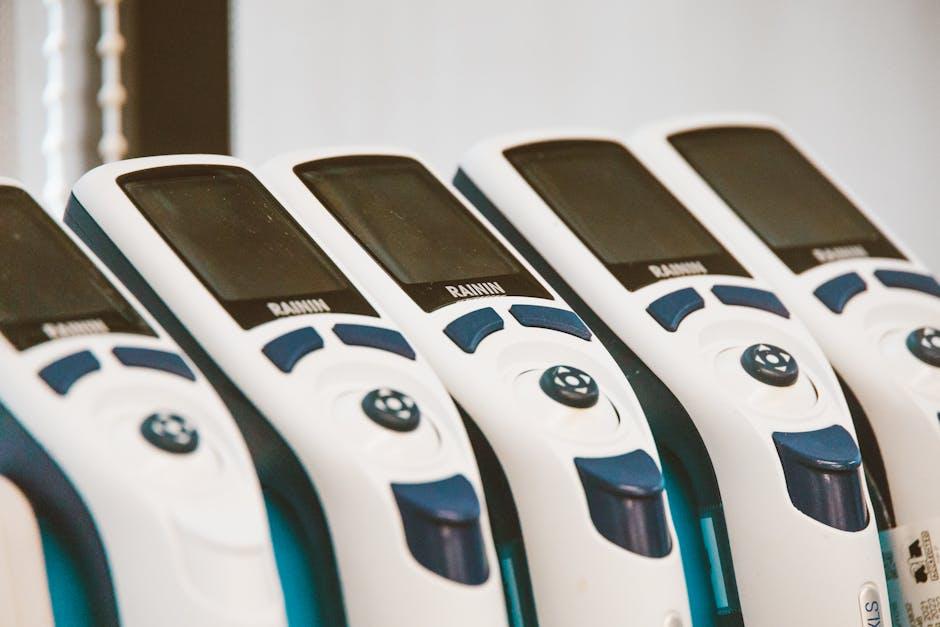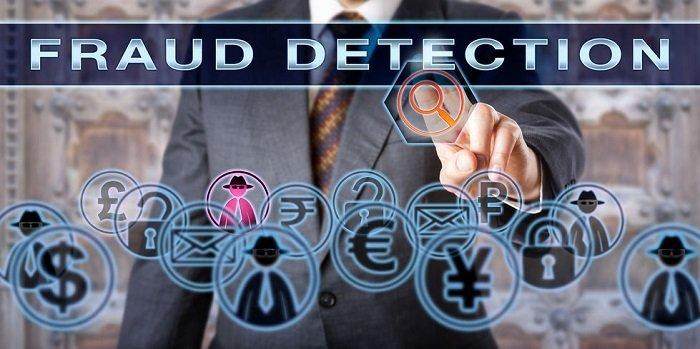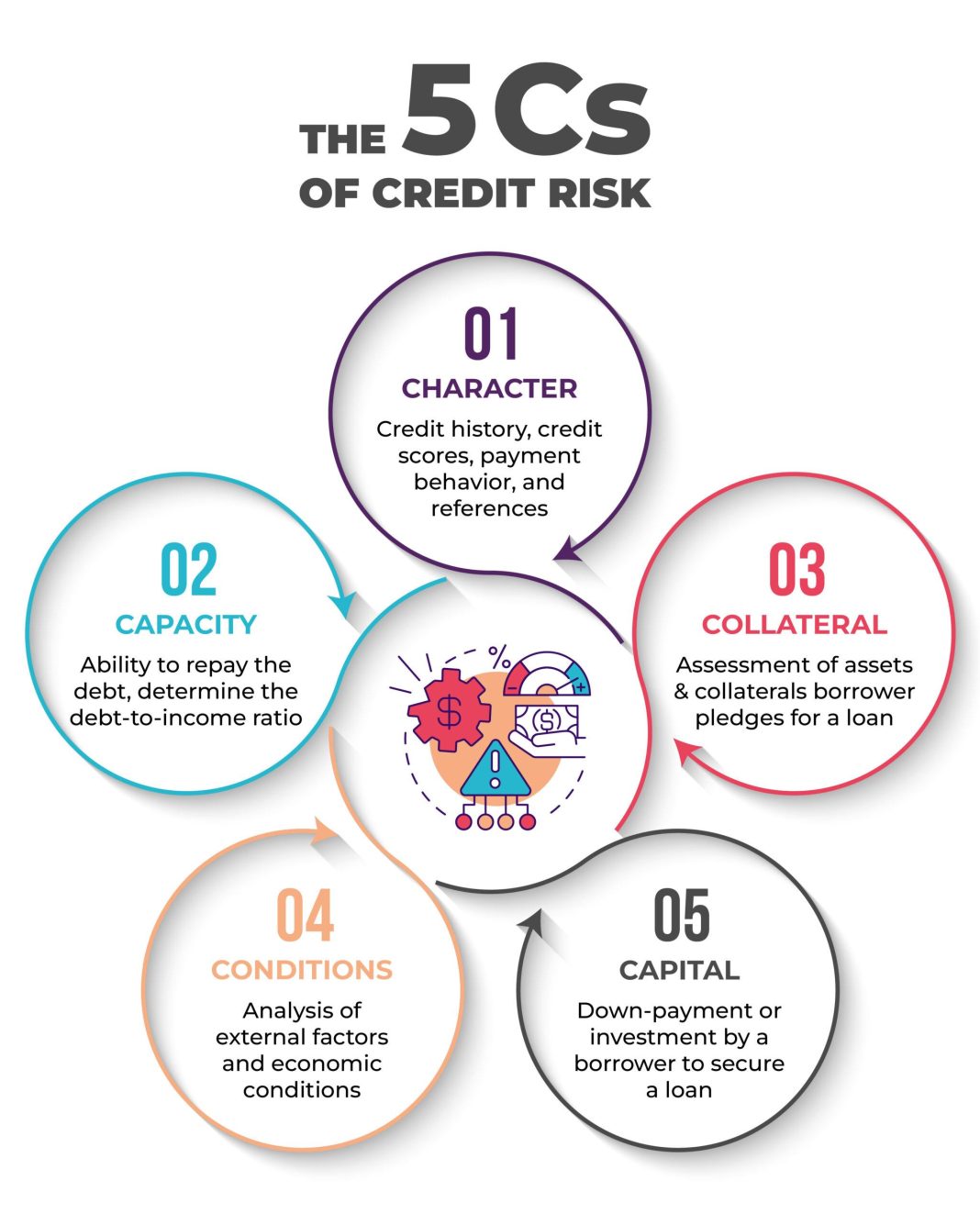In the digital age, where financial transactions zip across the globe at the speed of light, the shadowy specter of fraud lurks just beneath the surface, waiting to strike. As businesses and individuals alike navigate this intricate web of commerce, the ability to detect suspicious transactions has never been more crucial. This article delves into the art and science of spotting these financial anomalies before they wreak havoc. Armed with cutting-edge technology and time-tested strategies, we guide you through the labyrinth of modern finance, empowering you to safeguard your assets and maintain the integrity of your financial operations. Prepare to unravel the mysteries of transaction monitoring and fortify your defenses against the ever-evolving threat of financial fraud.
Spotting the Red Flags Early: Key Indicators of Fraudulent Activity
In the fast-paced world of digital transactions, vigilance is your best ally. Recognizing the subtle signs of fraudulent activity can save your business from potential losses. Look for unusual patterns such as sudden spikes in transaction volume, especially from new accounts or those with minimal prior activity. These can often be a precursor to fraudulent behavior. Similarly, be wary of transactions involving geographically distant locations, particularly if they occur outside of normal business hours.
Stay alert to inconsistencies in customer information. Mismatched billing and shipping addresses, frequent changes in contact details, or the use of multiple payment methods for a single account can be red flags. Additionally, monitor for transactions that just barely avoid triggering fraud detection thresholds, as these may indicate an attempt to bypass security measures. By maintaining a keen eye for these indicators, you can proactively safeguard your financial operations.

Harnessing Technology: Advanced Tools for Transaction Monitoring
In the ever-evolving landscape of financial transactions, staying one step ahead of potential threats is crucial. Leveraging advanced technological tools can significantly enhance your ability to identify suspicious activities before they escalate into significant issues. Machine learning algorithms and artificial intelligence have become indispensable in modern transaction monitoring. These tools can analyze vast amounts of data in real-time, identifying patterns and anomalies that may indicate fraudulent behavior. By utilizing predictive analytics, financial institutions can proactively address potential threats, reducing the risk of financial loss and reputational damage.
Key tools and techniques that can revolutionize your transaction monitoring include:
- Real-time analytics: Instantly flag unusual transactions, allowing for immediate investigation and response.
- Behavioral biometrics: Analyze user behavior to detect deviations from typical patterns, providing an additional layer of security.
- Blockchain technology: Ensure transparency and traceability in transactions, making it harder for fraudulent activities to go unnoticed.
- Natural language processing: Scrutinize transaction descriptions and communication for suspicious language or intent.
Implementing these advanced tools not only enhances security but also builds trust with customers by demonstrating a commitment to safeguarding their financial assets.
Building a Proactive Defense: Strategies for Preemptive Detection
In today’s fast-paced digital landscape, the ability to anticipate and identify suspicious transactions is paramount. By leveraging cutting-edge technologies and adopting a forward-thinking mindset, businesses can stay one step ahead of potential threats. Machine learning algorithms are a cornerstone of preemptive detection, capable of analyzing vast amounts of data to identify patterns and anomalies that may indicate fraudulent activity. These algorithms can be trained to recognize subtle deviations from normal transaction behaviors, enabling businesses to flag potential threats before they escalate.
Another vital strategy involves the implementation of real-time monitoring systems. These systems provide continuous oversight of transaction activities, allowing for immediate response to any irregularities. Additionally, establishing a comprehensive risk assessment framework can help organizations categorize transactions based on their risk levels, ensuring that high-risk activities receive the necessary scrutiny. Consider incorporating the following practices:
- Regularly update and refine detection algorithms to adapt to evolving threats.
- Utilize data visualization tools to enhance the interpretation of transaction data.
- Foster a culture of security awareness among employees to recognize and report suspicious activities.
By integrating these proactive measures, businesses can effectively safeguard their operations and maintain trust with their customers.
Empowering Your Team: Training and Awareness for Fraud Prevention
In the fast-paced world of business, empowering your team with the right tools and knowledge is crucial to staying one step ahead of fraudsters. Training and awareness are the cornerstones of an effective fraud prevention strategy. Equip your team with the skills to identify red flags and take proactive measures. Here are some key areas to focus on:
- Transaction Patterns: Encourage your team to familiarize themselves with normal transaction patterns. Anomalies such as sudden spikes in transaction volume or frequency can be indicative of fraudulent activity.
- Behavioral Analysis: Train your team to recognize unusual behavior from clients or vendors. Sudden changes in purchasing habits or communication styles can signal potential fraud.
- Data Verification: Emphasize the importance of verifying data authenticity. Encourage your team to double-check transaction details, such as account numbers and contact information, to ensure they match known records.
By instilling a culture of vigilance and continuous learning, you empower your team to not only detect suspicious transactions but also act swiftly to mitigate risks. Remember, a well-trained team is your first line of defense against fraud.





